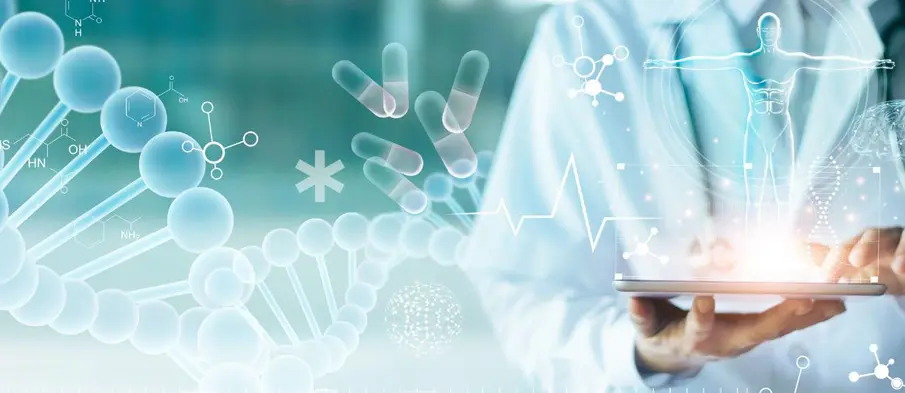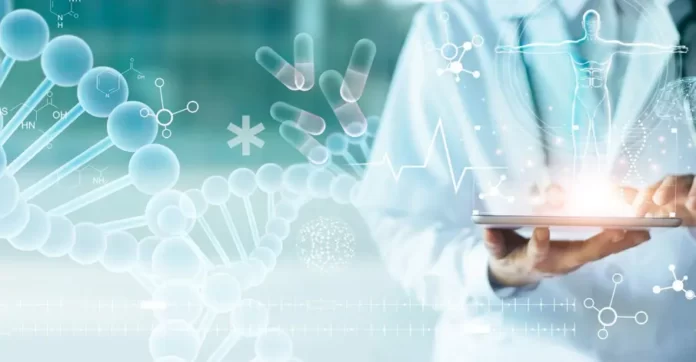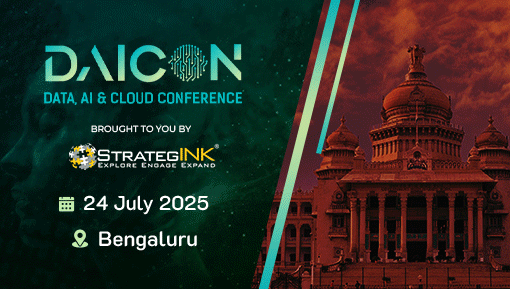
The integration of healthcare and IT has surpassed expectations, delving into realms previously unimagined. By 2022, the global healthcare IT market had reached a value of $174.3 billion, projected to grow at a CAGR of 18.2% from 2023 to 2030, ultimately reaching $644.9 billion by 2030.
As we navigate the complexities of contemporary healthcare, numerous pioneering technologies have emerged as catalysts for change, each contributing to a system that is increasingly efficient, accessible, and patient-centric. This evolution amounts to nothing short of a revolution. Here, we highlight the top five technology trends shaping modern healthcare.
Electronic Health Records (EHR)
Electronic Health Records (EHR) have become the backbone of modern healthcare systems. These digital versions of patients’ paper charts contain comprehensive and real-time information about their medical history, diagnoses, medications, treatment plans, immunisation dates, allergies, radiology images, and laboratory test results. EHR systems facilitate seamless communication among healthcare providers, ensuring that patient data is accessible and secure.
The benefits of EHR include improved patient care coordination, reduced errors, increased patient engagement, data availability through interoperability, compliance to regulatory requirements, clinical decision support and thereby, enhanced overall healthcare quality.
Artificial Intelligence (AI), Machine Learning (ML) in Healthcare
The integration of Artificial Intelligence (AI), Machine Learning (ML), and Generative AI in healthcare has inaugurated a new epoch of personalized and data-driven medicine. AI algorithms scrutinize vast datasets, discern patterns, and offer insights that aid in diagnosis, treatment planning, and predictive modeling.
In diagnostics, AI-powered imaging tools heighten the precision of medical imaging, assisting radiologists in detecting anomalies and diseases in their nascent stages. Machine Learning algorithms prognosticate patient outcomes, suggest tailored treatment regimens, and refine resource allocation in healthcare facilities.
A more recent advancement in AI is Generative AI, which aims to produce entirely new data resembling human-generated content with predictive patterns. Generative AI finds extensive application in medical research, particularly in diagnosing diseases through the analysis of medical images and CT scans.
Internet of Medical Things (IoMT) and Wearable Devices
The Internet of Medical Things (IoMT) encompasses the interconnected system of medical devices and applications designed to gather, transmit, and analyze health-related data. Within IoMT, wearable devices have gained notable traction among consumers, serving as tools for monitoring diverse health metrics like heart rate, physical activity, and sleep patterns.
These wearable gadgets empower individuals to take an active role in managing their health while furnishing healthcare providers with valuable real-time data. Ranging from smartwatches to fitness trackers, wearable devices play a pivotal role in preventive care, chronic disease management, and promoting a comprehensive approach to healthcare.
Telemedicine and RPM
Telemedicine and remote patient monitoring have garnered significant momentum, particularly following global events prompting a reassessment of healthcare delivery methods. Telemedicine empowers healthcare practitioners to deliver medical services remotely, utilizing digital communication platforms. This method has proven indispensable for routine check-ups, follow-up appointments, geriatric care, and urgent care consultations, enhancing flexibility, convenience, and patient satisfaction while concurrently reducing costs.
Remote Patient Monitoring (RPM) advances telemedicine by enabling healthcare providers to remotely track patients’ vital signs and health metrics.
Predictive Analytics in Healthcare
Predictive analytics within the realm of healthcare entails employing statistical algorithms and machine learning methodologies to scrutinize past data and forecast forthcoming outcomes. Within this context, predictive analytics serves to anticipate disease outbreaks, pinpoint high-risk individuals, and enhance treatment strategies.
Through the utilization of extensive datasets, healthcare professionals can take proactive measures to address potential health concerns, allocate resources effectively, and ultimately enhance patient outcomes.





